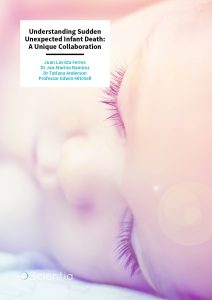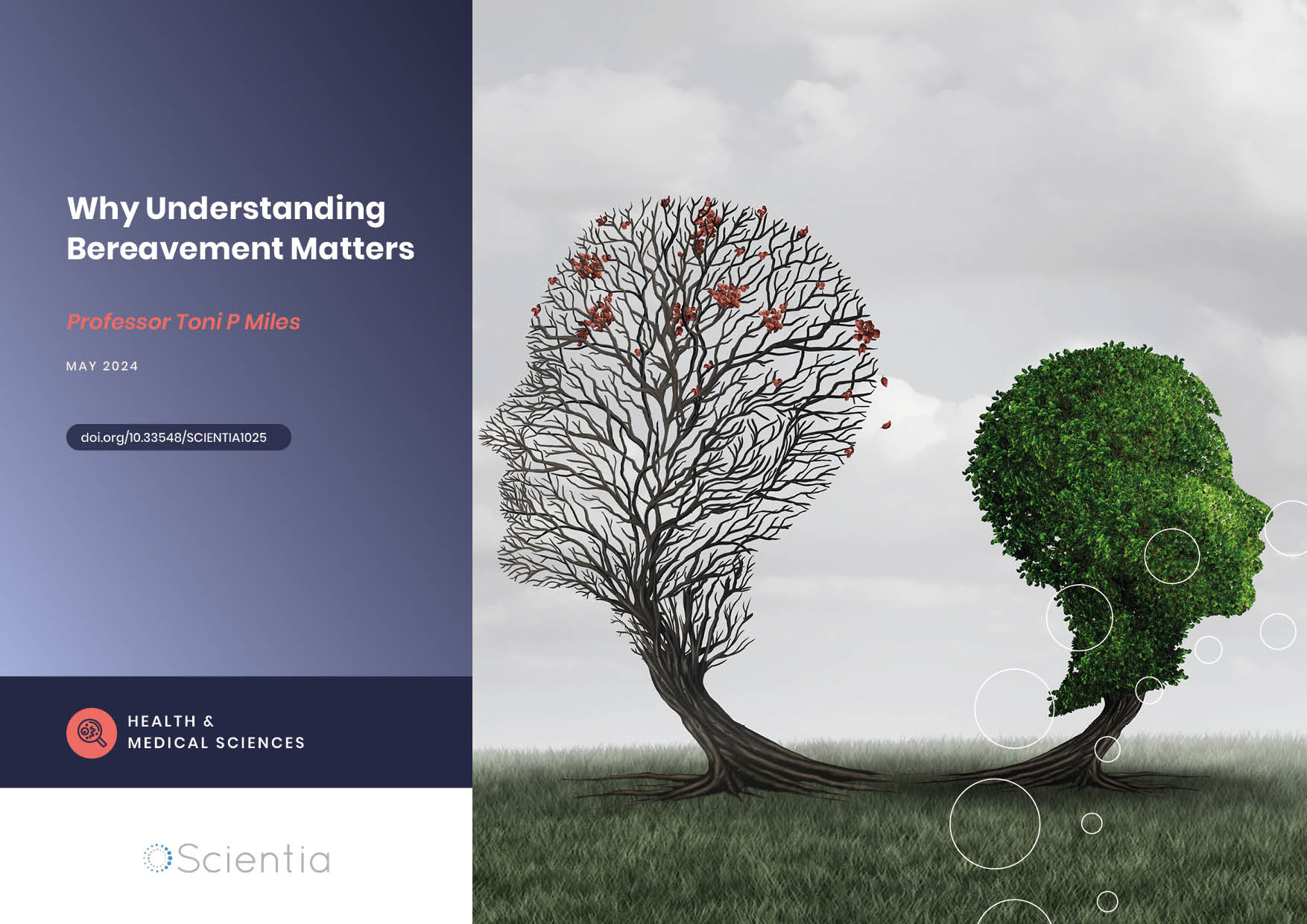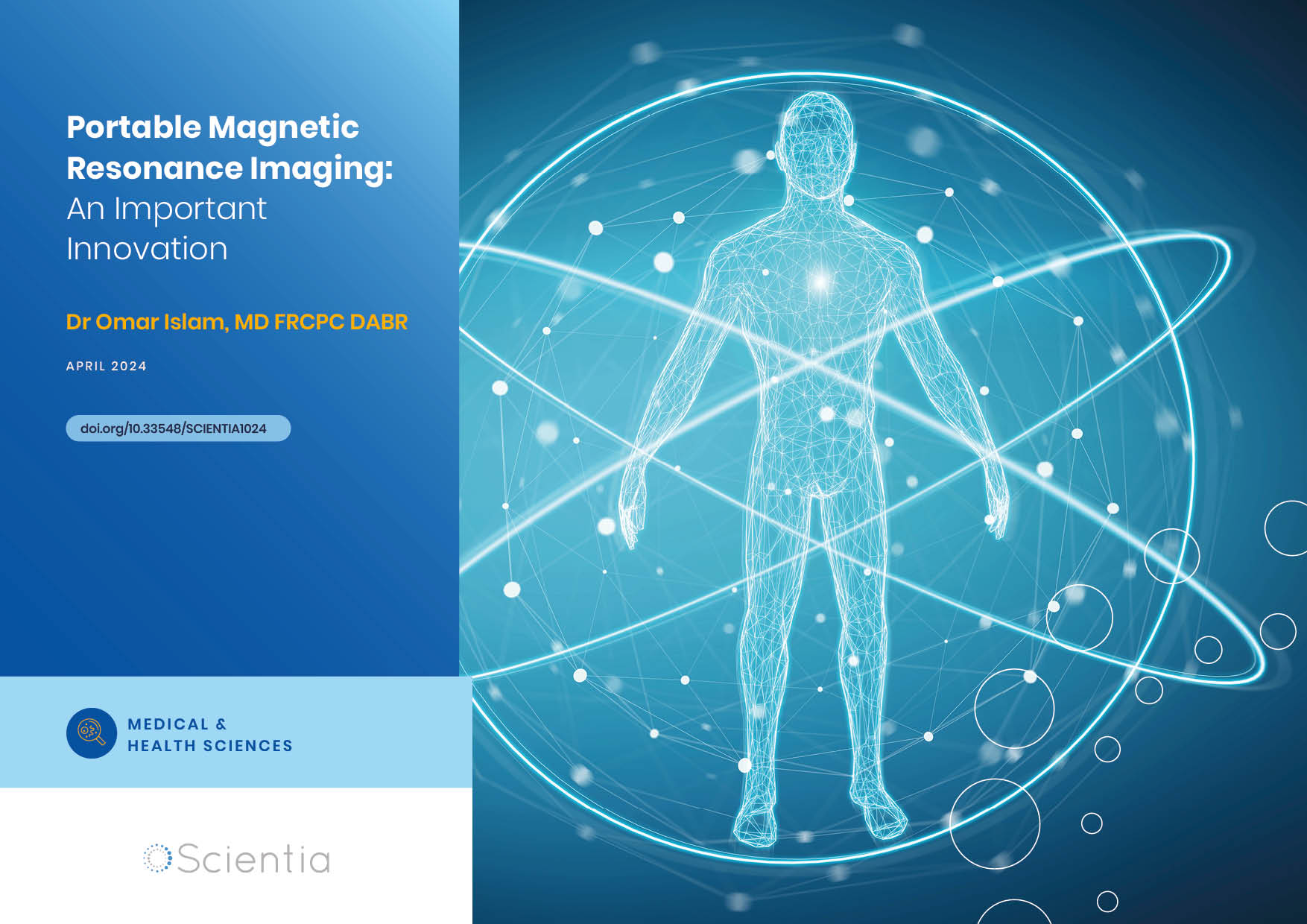Juan Lavista Ferres | Dr Jan-Marino Ramirez | Dr Tatiana Anderson | Professor Edwin Mitchell – Understanding Sudden Unexpected Infant Death: A Unique Collaboration
When a supposedly healthy infant passes away, it can be hard to understand why. Juan Lavista Ferres (Microsoft), Dr Jan-Marino Ramirez and Dr Tatiana Anderson (both from Seattle Children’s Research Institute), and Professor Edwin Mitchell (University of Auckland), form the core of a novel collaboration to conduct vital and extensive research into the risk factors and mechanisms behind sudden unexpected infant death. This unique collaboration spanning across disciplines, industries and continents, is providing the deeper understanding that is needed to prevent unnecessary infant deaths.
The Tragedy of Sudden Unexpected Infant Death
Sudden unexpected infant death (SUID) is the tragic occurrence of the death of a healthy baby aged under one year old that is unexplainable without investigation. Sudden infant death syndrome falls under the umbrella of SUID in addition to accidental suffocation, often during sleep, and other ill-defined causes.
The exact reasons for SUID are not known but the risk factors include maternal smoking during pregnancy and around the baby once born, premature birth, environmental stresses, socioeconomic disadvantage and ethnic differences. In order to prevent SUID, measures such as placing a baby on their back to sleep and in their own bed, avoiding thermal stress from excess bedding or clothing, breastfeeding and use of a pacifier are recommended.
Over 3,700 infants die from SUID each year in the USA alone, a tragic statistic that emphasises the necessity of dedicated research. The team of collaborators leading this vital work consists of data science expert Juan Lavista Ferres (Microsoft), esteemed researchers Dr Jan-Marino Ramirez and Dr Tatiana Anderson (both at the Seattle Children’s Research Institute in Washington), and world-renowned SUID expert Professor Edwin Mitchell (University of Auckland).

Real-world Data: The Risks of Maternal Smoking
Although both pre- and post-natal smoking have been long associated with SUID, evidence from real-world data was distinctly lacking. In a ground-breaking study published in 2019, the team revealed a clear statistical link between a mother smoking while pregnant and SUID.
In this study, data were obtained from the Centers for Disease Control and Prevention (CDC) for every birth in the USA over a period of five years. In total, this dataset represented over 20 million live births, of which 19,000 resulted in SUID. Data on prenatal smoking was gathered on 12.4 million of these pregnancies and 11,000 of the SUID cases. Due to the large sample sizes, the researchers were able to analyse the data at a more granular level than previous studies had been able to. Shockingly, they discovered that a mother smoking just one cigarette a day during her pregnancy doubled the risk of SUID. In addition, they found that smoking before pregnancy could also have a big impact. The risk of SUID was 50% higher in women who smoked but quit by their first trimester, compared to women who did not smoke at all.
The team found that every single cigarette a pregnant woman smoked increased the risk of SUID, up to 20 a day, at which point the risk plateaued. Around 11.6% of expecting mothers smoked during their pregnancy and only a quarter stopped.
Previous studies investigating the physiological basis of the link between maternal smoking and SUID suggest that smoking damages key neurotransmitters and their receptors in the foetal brain. Nicotine is likely to alter normal respiration, sensitivity to chemicals and sleep. Combining this information with their own research, the authors concluded that if no mothers smoked during their pregnancy in the USA, there would be 22% fewer SUID cases each year – equating to over 800 infant lives saved. Consequently, minimising maternal smoking is essential for reducing the occurrence of SUID, which the authors believe should be facilitated through education on smoking cessation before and during pregnancy.
‘What really sets us apart is our unique collaboration between academia with a deep knowledge of the literature and scientific/medical writing experience, and industry with professional data scientists using state-of-the-art data analytics.’ Dr Tatiana Anderson.
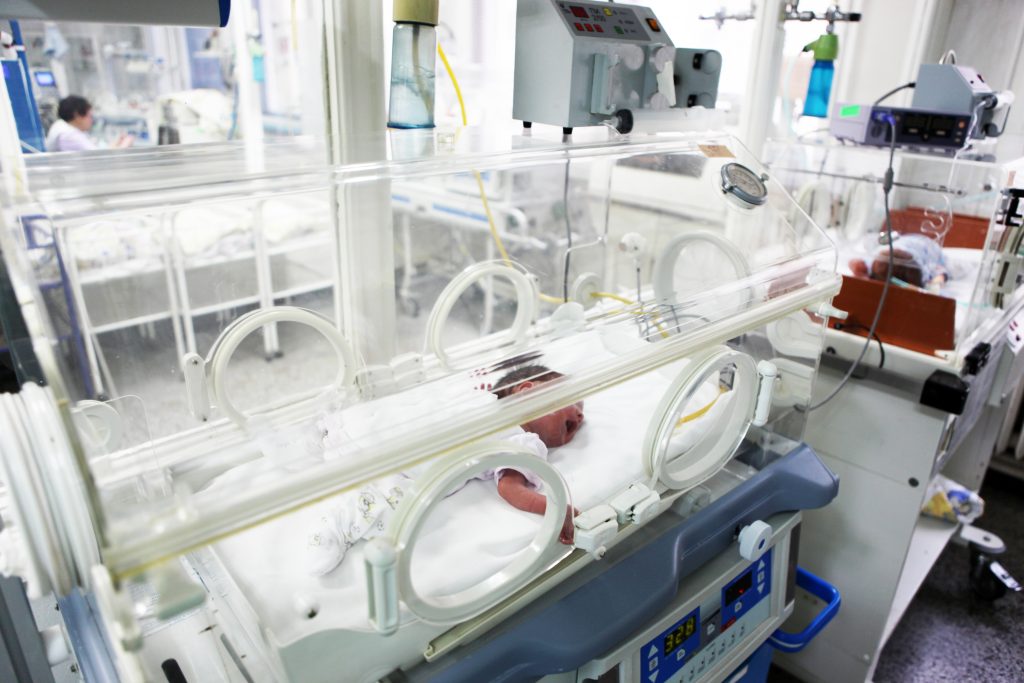
Sudden Unexpected Infant Death: The Impact of Age
In another study, the team aimed to determine whether there are significant subcategories of SUID depending on the age of the death of an infant. Of all the deaths documented in the neonatal period (up to 28 days old), 73% occur within the first week of life. This time period is, therefore, a critical one for a newborn.
Sudden unexpected postnatal collapse (SUPC) and sudden unexpected early neonatal death (SUEND) are both recognised as causes of neonatal death occurring in infants up to 7 days old. Sadly, around half of all infants that experience SUPC pass away, and survivors often suffer from long-term neurological issues. Even though these occurrences are well-documented, they currently do not have a standardised definition in the medical world and are consequently grouped under SUID as the cause of death.
The team wanted to find out whether there were statistically different subcategories of SUID based on the age of death of an infant, and if so, characterise the different risk factors for each group on this basis. For this study, the team again used CDC data of every birth over an 11-year period, representing over 41 million births with 37,600 cases of SUID. Using Microsoft’s sophisticated data analysis software, the authors found that cases of SUEND (death within the first week of life) were statistically distinct from all the other SUID deaths after this time period (post-perinatal). They found that the greatest risk for SUEND is on the first day of life and this risk decreases exponentially over the course of the first week.
Importantly, deaths after the first week of life up until the end of infancy were statistically indistinguishable from each other. This led the researchers to conclude that SUEND and post-perinatal SUID reflect two distinct entities and should be categorised as such. Furthermore, the team believes that differentiating between SUEND and SUID will allow a better understanding of their different underlying mechanisms and potential genetic causes.
Moreover, this discovery will also require the development of an educational campaign to inform parents of best practices and behaviours that specifically avoid risk factors associated with SUEND. Indeed, the team’s analysis uncovered first insights into the differing risk factors for SUEND versus SUID. One of these related back to their previous research into maternal smoking; this behaviour was identified as the most significant modifiable risk factor for SUID, but less so for SUEND.

Further Understanding Risk Factors
The team has now completed multiple other studies related to SUID. In one study, they used the CDC data to take a deeper look into the risk factors of SUID at different times of the day. Critically, different risks for SUID were identified during the day compared to at night. The majority of SUIDs occur when babies are sleeping at night and this is the time when younger infants were at higher risk, in comparison to older infants who were at higher risk during the day. This may be linked to the fact that younger infants spend more of their time asleep in deep rapid eye movement sleep, a state of autonomic instability. Sharing a bed with a parent and the sleeping position of an infant are also risk factors for night-time SUID.
Another study from the team investigated the effect of altitude at birth on SUID rate. They found a small, yet statistically significant, increase in SUID at very high altitudes greater than 8,000 feet, possibly due to the lower partial pressure of oxygen or lower environmental temperature at altitude. Through additional collaborative research, the team has outlined that younger age of SUID is associated with maternal smoking and factors related to lower socioeconomic status. In contrast, older age of SUID is associated with prematurity, low birth weight and admission to a neonatal intensive care unit.
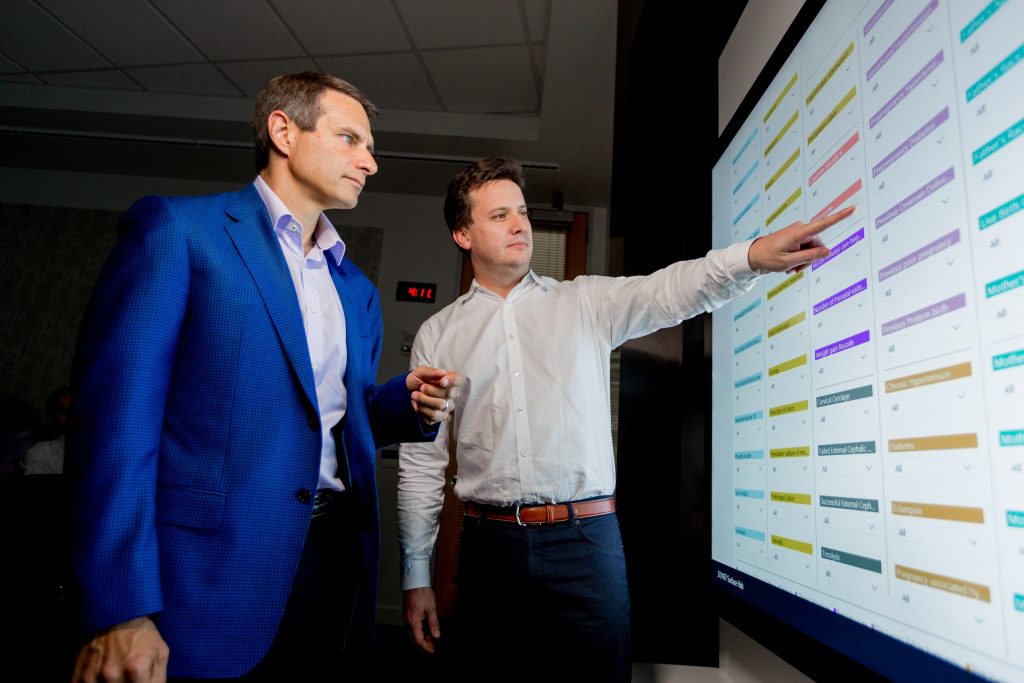
Looking to a Brighter Future
All of this work has culminated in exciting developments for the collaboration. Dr Ramirez explains that they are now building ‘the world’s first genomic database dedicated to sudden unexpected infant death’. DNA extracted from tissue donations from recent SUID cases and buccal swabs from their parents are being collected, as well as medical records and autopsy reports. The DNA is extracted and submitted for whole-genome sequencing, which means each nucleotide in the entire genome is decoded.
This work has created a more optimistic, brighter future for SUID research. Dr Anderson further explains, ‘What really sets us apart is our unique collaboration between academia with a deep knowledge of the literature and scientific/medical writing experience, and industry with professional data scientists using state-of-the-art data analytics.’ The team’s goal is for scientists all over the world to be able to access the vital data being gathered to progress our understanding of the devastating occurrence of SUID. Of particular interest to the team is the identification of gene variants that put a foetus at risk of SUID, which they hope could lead to consequent prenatal testing.
The larger team have also made a huge difference in their political landscape after successfully lobbying for better funding, data collection and parent support within the field of SUID. Named in honour of a baby lost just before her first birthday, the members of this important collaboration hope that Scarlett’s Sunshine Act will help them make a significant difference in the lives of many families to come.
SHARE
DOWNLOAD E-BOOK
REFERENCE
https://doi.org/10.33548/SCIENTIA772
MEET THE RESEARCHERS

Juan Lavista Ferres
Chief Scientist and Lab Director
Microsoft
Kirkland, WA
USA
Juan Lavista Ferres is the Chief Scientist and Lab Director of the Microsoft AI For Good Research Lab where he specialises in machine learning and statistical modelling, working across the Microsoft AI For Good efforts. This work includes achieving a better understanding of sudden infant death syndrome.
CONTACT
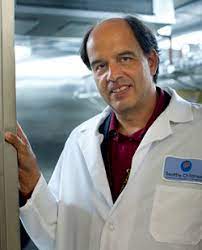
Dr Jan-Marino Ramirez
Seattle Children’s Research Institute
Seattle, WA
USA
Dr Jan-Marino Ramirez is the Director of the Center for Integrative Brain Research at Seattle Children’s Research Institute and a Professor of Neurological Surgery at the University of Washington. His work is supported by multiple National Institutes of Health grants.
CONTACT
E: jan.ramirez@seattlechildrens.org
W: https://www.seattlechildrens.org/directory/nino-ramirez/

Dr Tatiana Anderson
Seattle Children’s Research Institute
Seattle, WA
USA
Dr Tatiana Anderson received dual Bachelor of Science degrees in Neuroscience and Physiology from the University of Minnesota in Minneapolis, USA. She went on to complete her PhD in Neuroscience at the University of Washington in Seattle. Dr Anderson has fulfilled multiple scientific roles, including her current post managing the joint collaborative program between Seattle Children’s Research Institute and Microsoft.
CONTACT
E: tatiana.anderson@seattlechildrens.com
W: https://www.linkedin.com/in/tatianamanderson
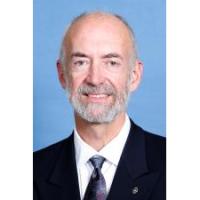
Professor Edwin Mitchell
University of Auckland
New Zealand
Professor Edwin Mitchell obtained his medical degree at St George’s Hospital Medical School in London and has worked in the UK, Zambia and New Zealand over the course of his career. He has received several awards for many landmark studies of sudden infant death syndrome and was made a fellow of the Royal Society of New Zealand in 2009.
CONTACT
W: https://unidirectory.auckland.ac.nz/profile/e-mitchell
FURTHER READING
K Allen, TM Anderson, U Chajewska, et al., Factors Associated with Age of Death in Sudden Unexpected Infant Death, Acta Paediatrica, 2021, 110(1), 174–183.
TM Anderson, K Allen, J-M Ramirez, EA Mitchell, Circadian Variation in Sudden Unexpected Infant Death in the United States, Acta Paediatrica, 2021, 110(5), 1498–1504.
TM Anderson, JM Lavista Ferres, J-M Ramirez, EA Mitchell, Sudden Unexpected Postnatal Collapse Resulting in Newborn Death in the United States, MCN: The American Journal of Maternal/Child Nursing, 2021, 46(3), 130-136.
TM Anderson, JM Lavista Ferres, S You Ren, et al., Maternal Smoking Before and During Pregnancy and the Risk of Sudden Unexpected Infant Death, Pediatrics, 2019, 143(4), e20183325.
R Johnston, X Jan, TM Anderson, EA Mitchell, Altitude and Risk of Sudden Unexpected Infant Death in the United States, Scientific reports, 2021, 11(1), 1–4.
JM Lavista Ferres, TM Anderson, R Johnston, et al., Distinct Populations of Sudden Unexpected Infant Death Based on Age, Pediatrics, 2020, 145(1), e20191637.
EA Mitchell, X Yan, S You Ren, et al., Geographic Variation in Sudden Unexpected Infant Death in the United States, The Journal of Pediatrics, 2020, 220, 49–55.
REPUBLISH OUR ARTICLES
We encourage all formats of sharing and republishing of our articles. Whether you want to host on your website, publication or blog, we welcome this. Find out more
Creative Commons Licence (CC BY 4.0)
This work is licensed under a Creative Commons Attribution 4.0 International License. 
What does this mean?
Share: You can copy and redistribute the material in any medium or format
Adapt: You can change, and build upon the material for any purpose, even commercially.
Credit: You must give appropriate credit, provide a link to the license, and indicate if changes were made.
SUBSCRIBE NOW
Follow Us
MORE ARTICLES YOU MAY LIKE
Dr Yong Teng | Improving the Outlook for Head and Neck Cancer Patients
Dr Yong Teng at the Emory University School of Medicine is working with colleagues to overcome the high mortality of individuals diagnosed with cancers affecting the head and neck. One of his approaches is based on understanding the particular mechanisms of the ATAD3A gene, which new insights suggest are closely related to cancers affecting the head and neck.
Dr Michael Cherney – Professor Daniel Fisher | Unlocking Woolly Mammoth Mysteries: Tusks as Hormone Time Capsules
The impressive tusks found on proboscideans (the order of mammals that includes elephants, woolly mammoths, and mastodons) are like time capsules, preserving detailed records of their bearers’ lives in the form of growth layers and chemical traces. Frozen in time for thousands of years, these layers can unlock secrets about the lives of long-extinct relatives of modern elephants. Dr Michael Cherney and Professor Daniel Fisher from the University of Michigan used innovative techniques to extract and analyse steroid hormones preserved in woolly mammoth tusks. This ground-breaking work opens new avenues for exploring the biology and behaviour of extinct species.
Professor Toni Miles | Why Understanding Bereavement Matters
Professor Toni Miles has dedicated her research efforts to measuring bereavement and its impact on population health. Individual experience with bereavement is commonplace, but we know little about its impact on society when there is an instantaneous experience by a large number of individuals, i.e., mass bereavement. To measure its occurrence, her research with colleagues first confirmed that bereavement can be effectively measured in population surveys. Professor Miles argues that we should use such approaches to deliver interventions aiming to reduce the negative consequences of bereavement on individuals. By measuring bereavement in communities, these data become a cost-effective way to increase resilience, reduce demands on healthcare systems, and enhance public safety.
Dr Omar Islam | Portable Magnetic Resonance Imaging: An Important Innovation
Imaging technologies are vital in modern medicine and have revolutionised how clinicians make diagnoses and monitor disease progression. However, the necessary equipment – such as a scanner for magnetic resonance imaging (MRI) – is very large and expensive, requiring patients to go to the scanner rather than receiving scans as bedside care. This takes up valuable staff time and resources, and can present further risks to patients. Dr Omar Islam from Queen’s University and Drs Aditya Bharatha and Amy Lin from the University of Toronto are showing how portable MRI scanners may offer a viable alternative that benefits patients and healthcare systems.

